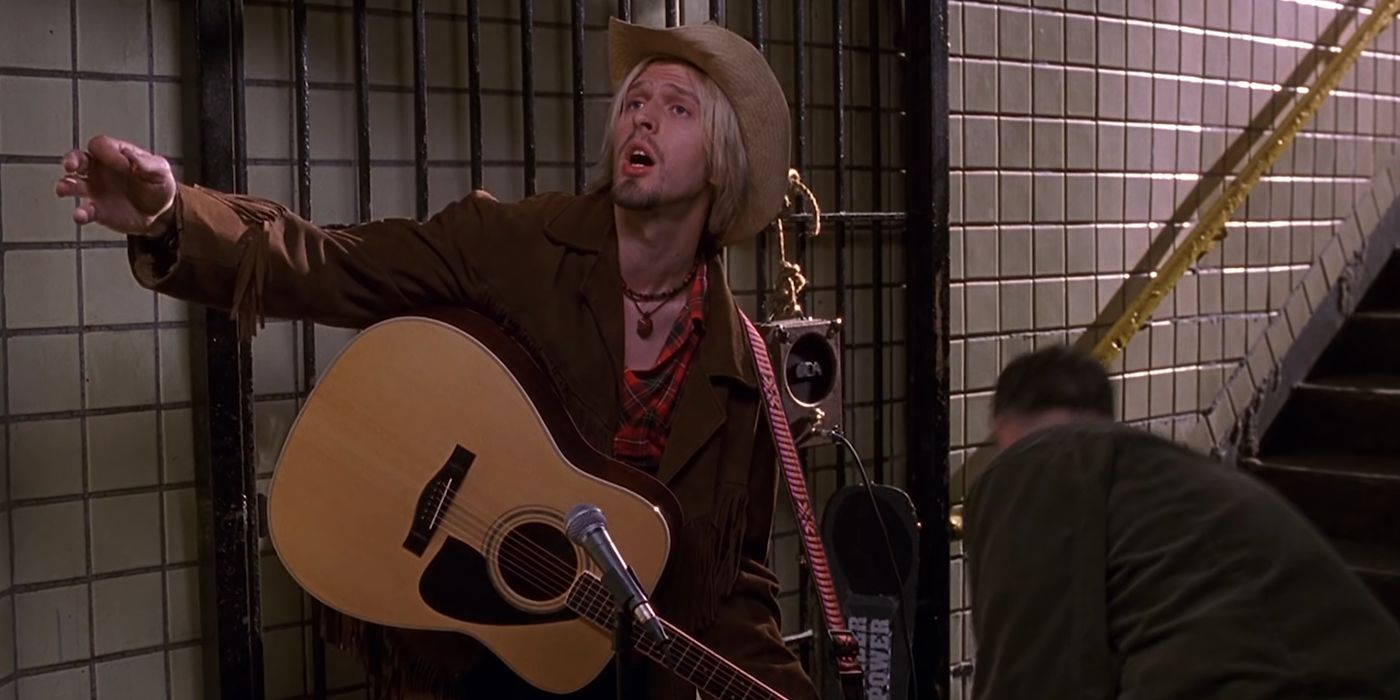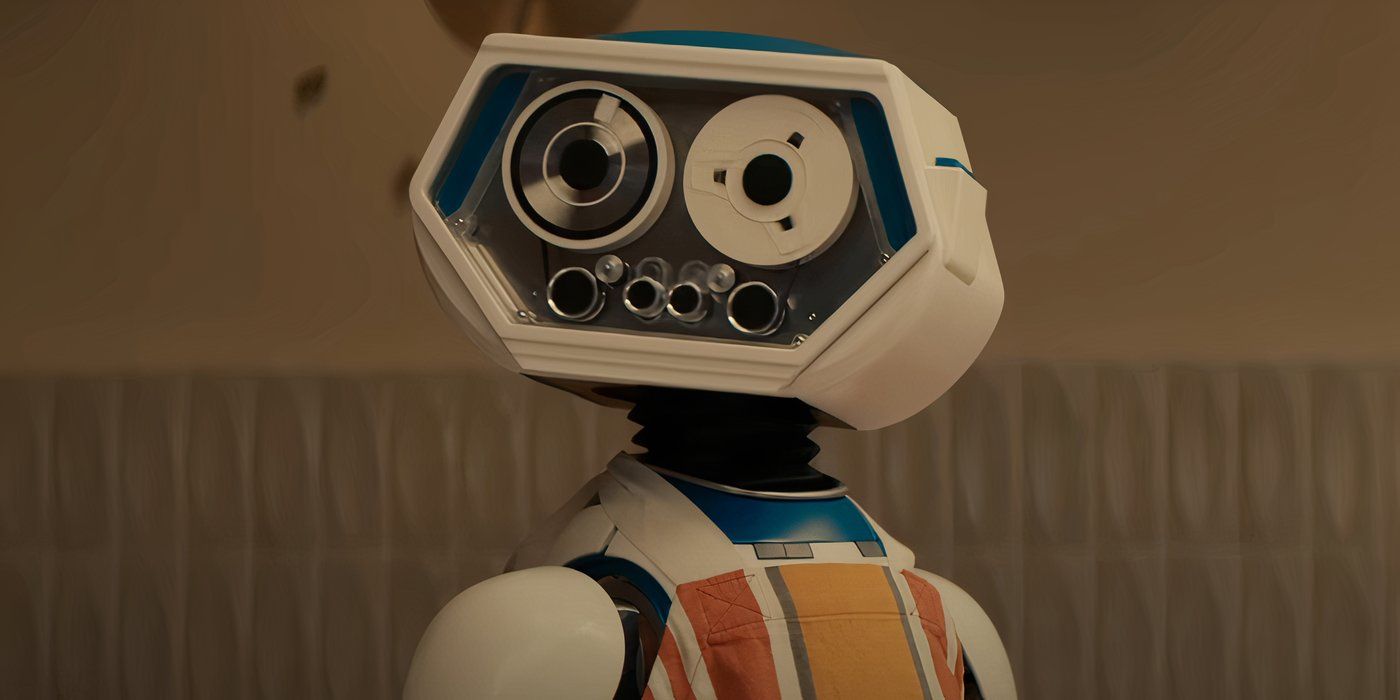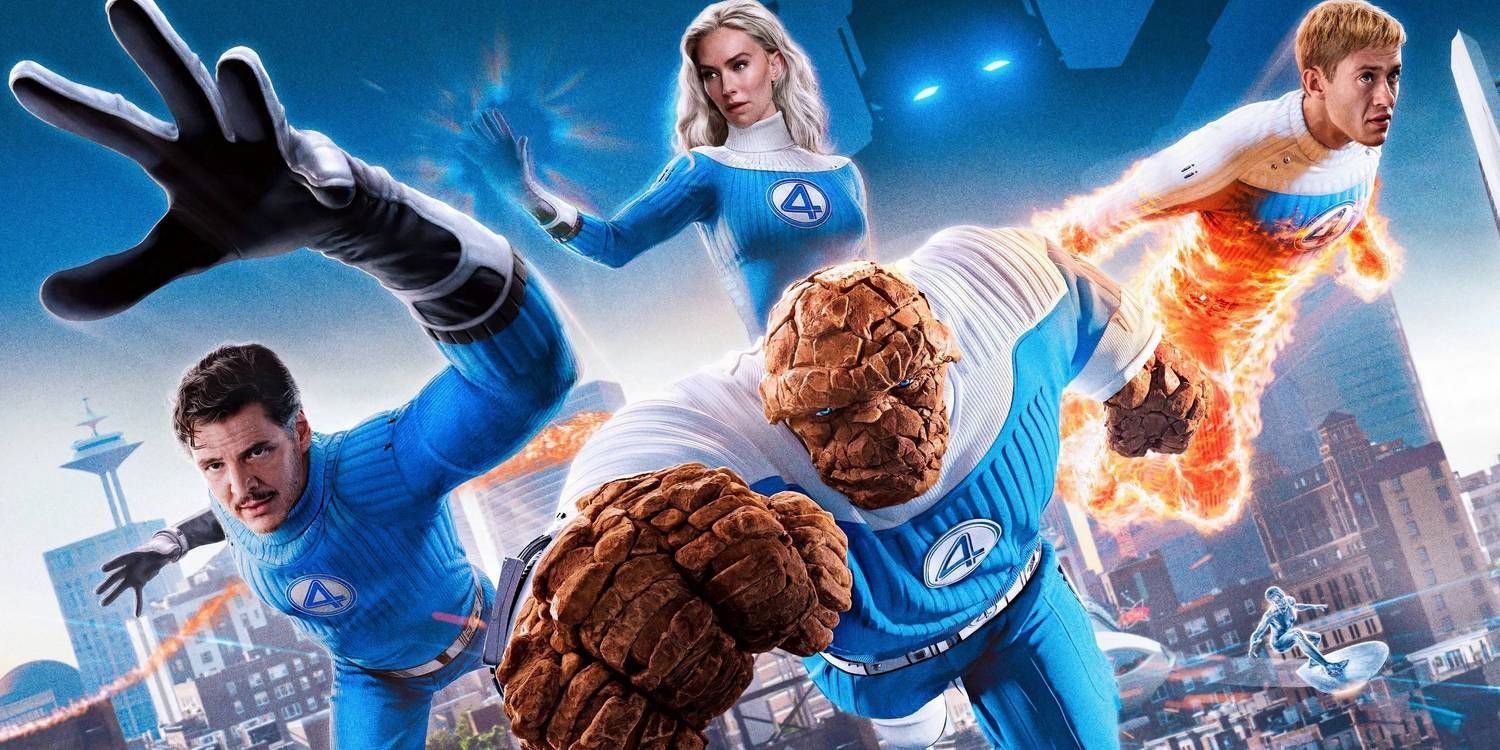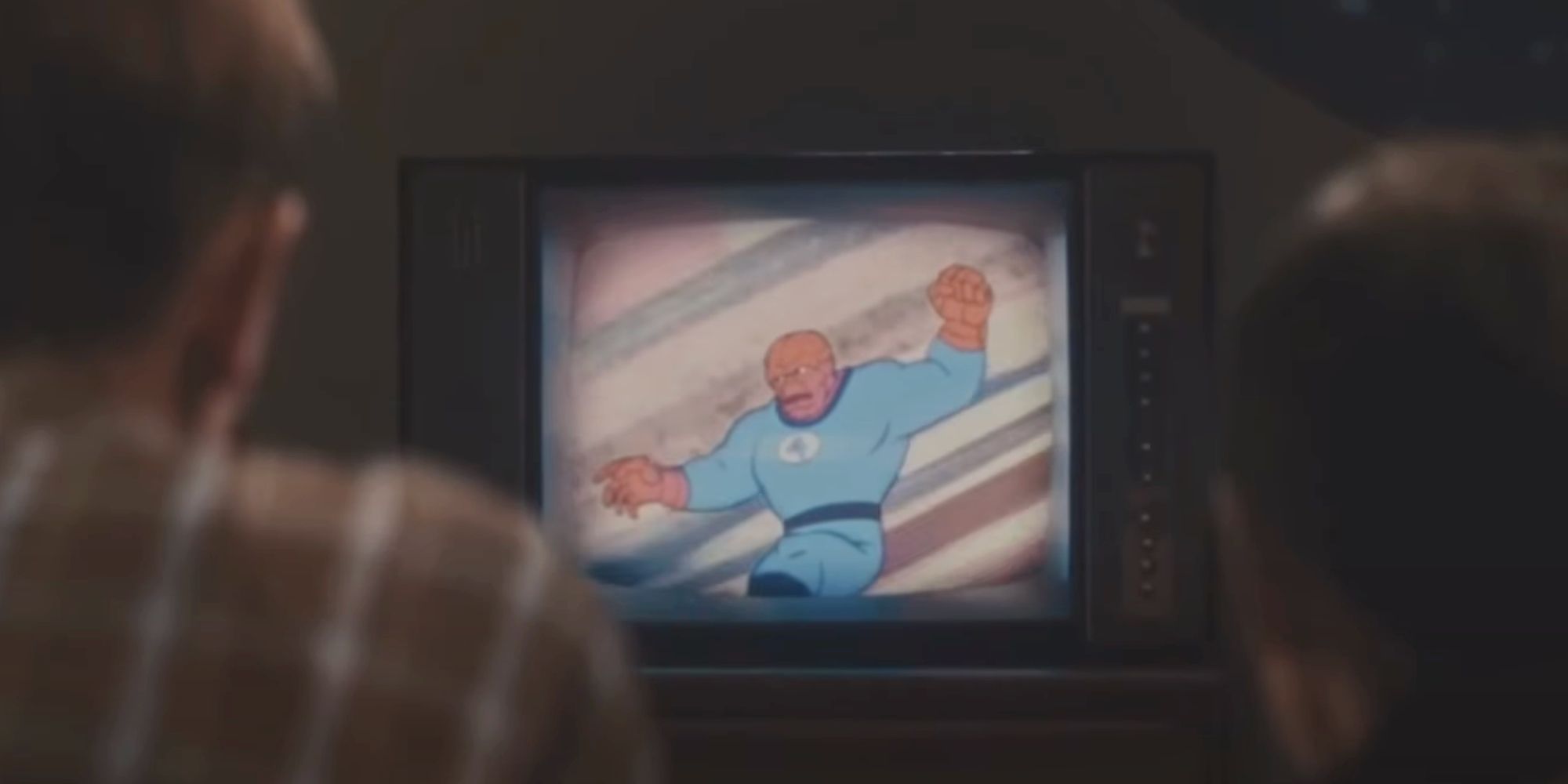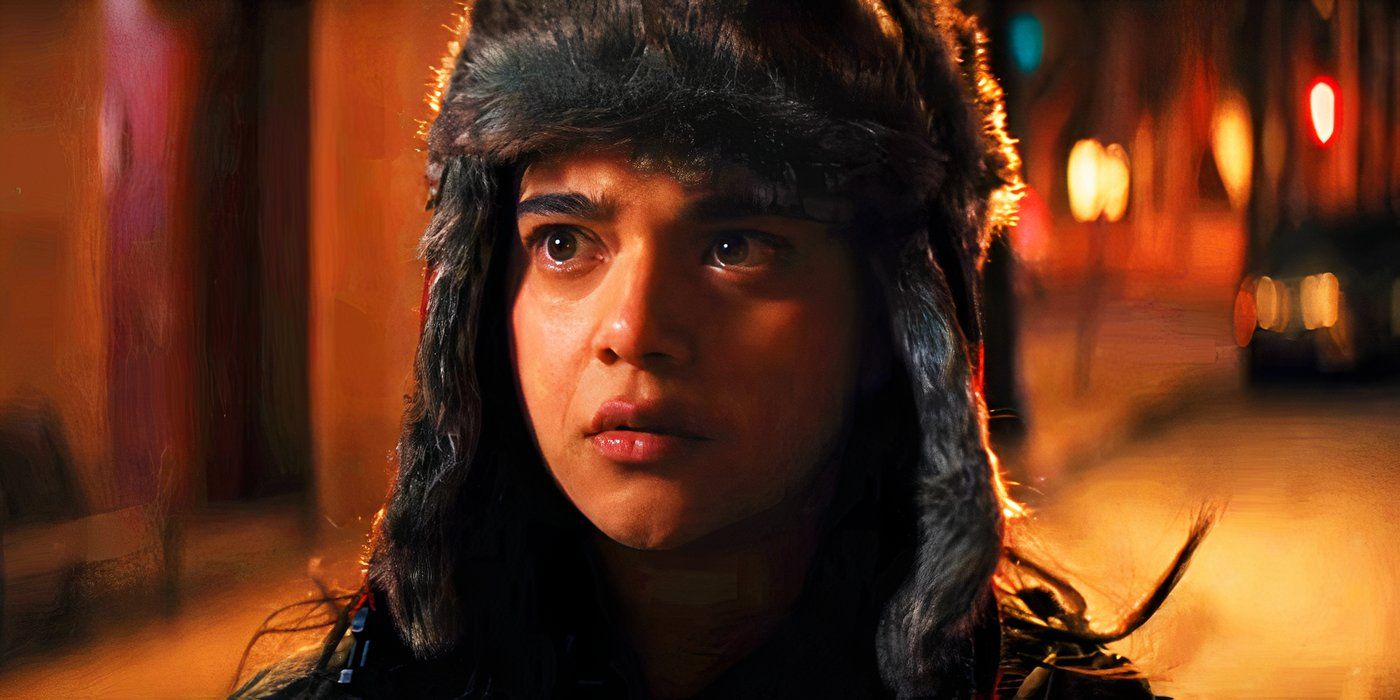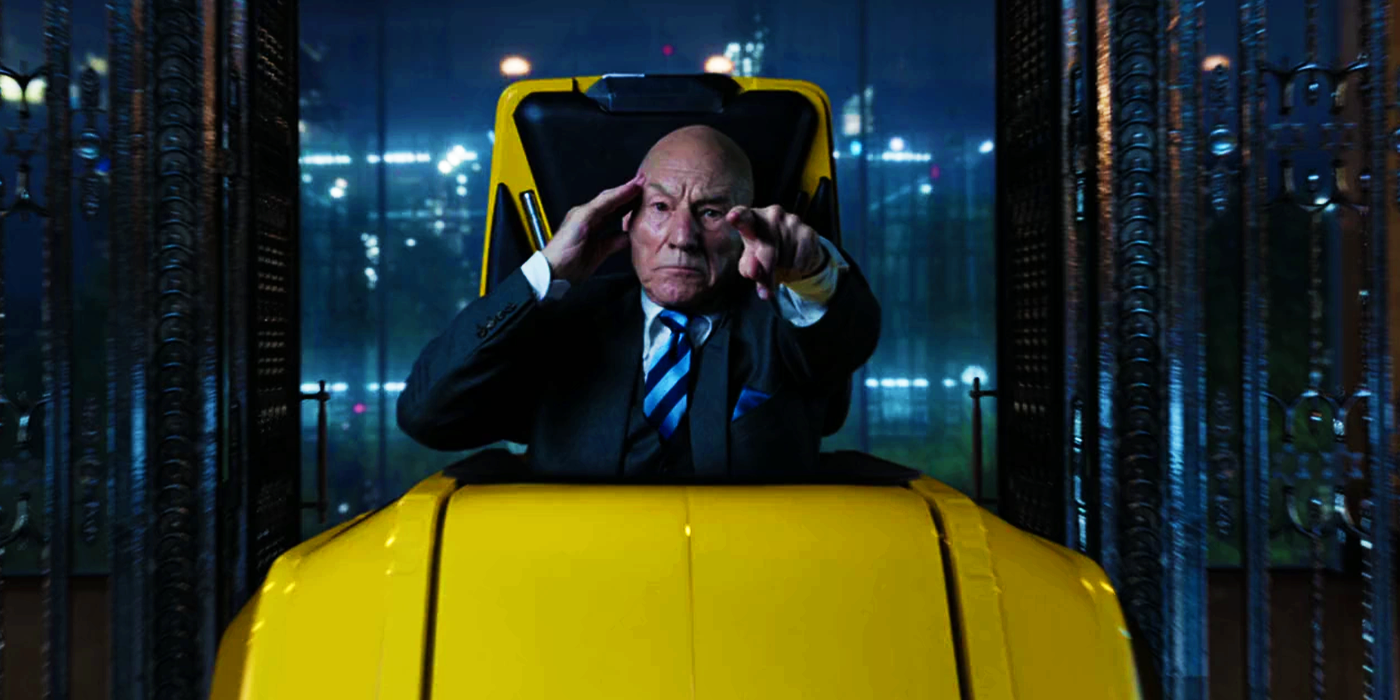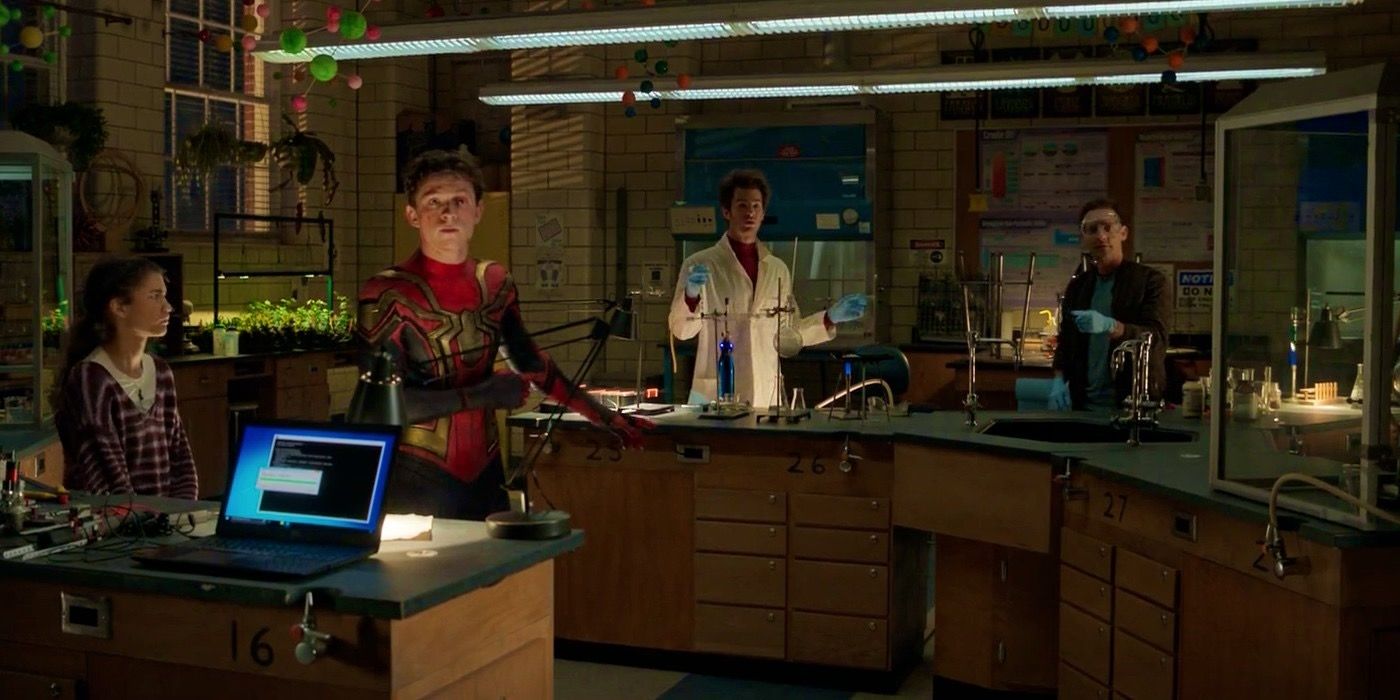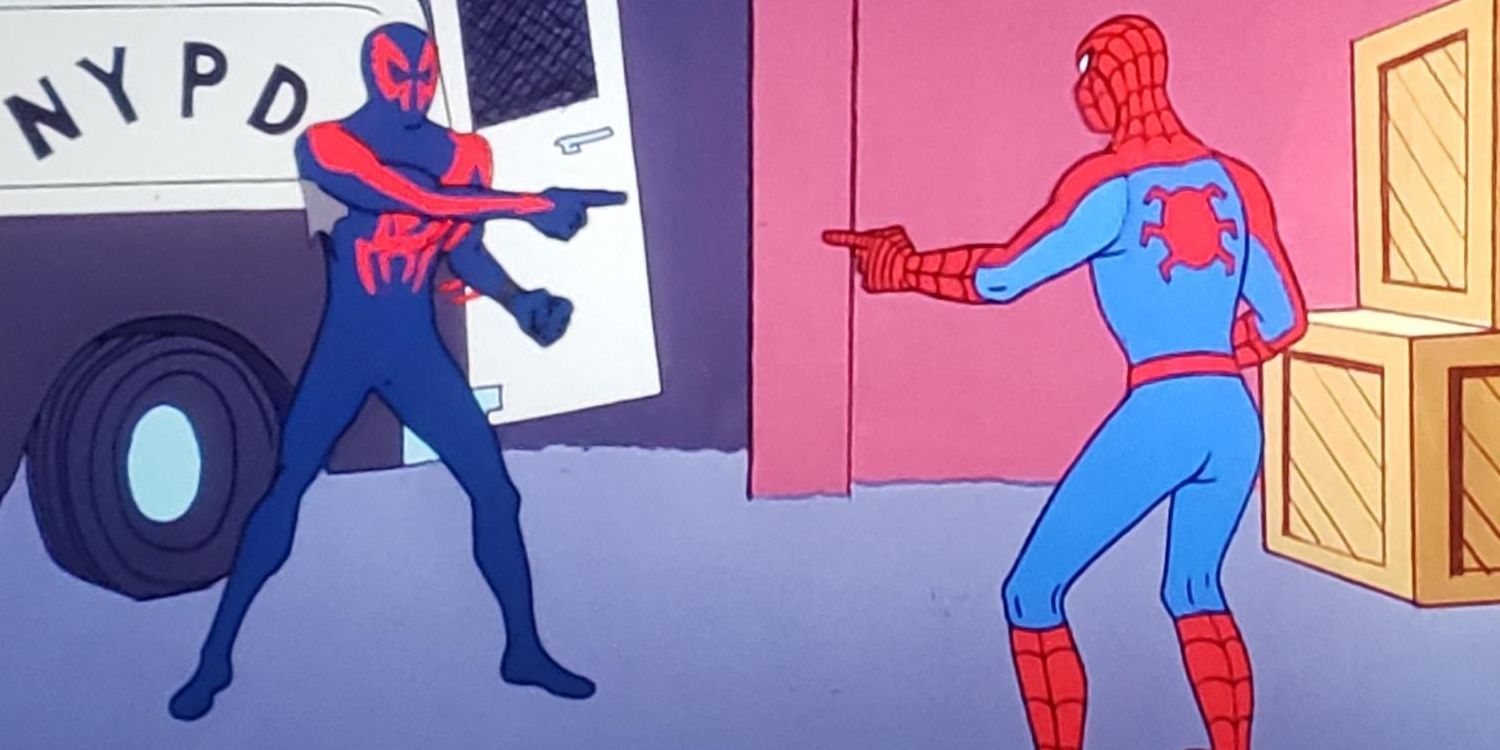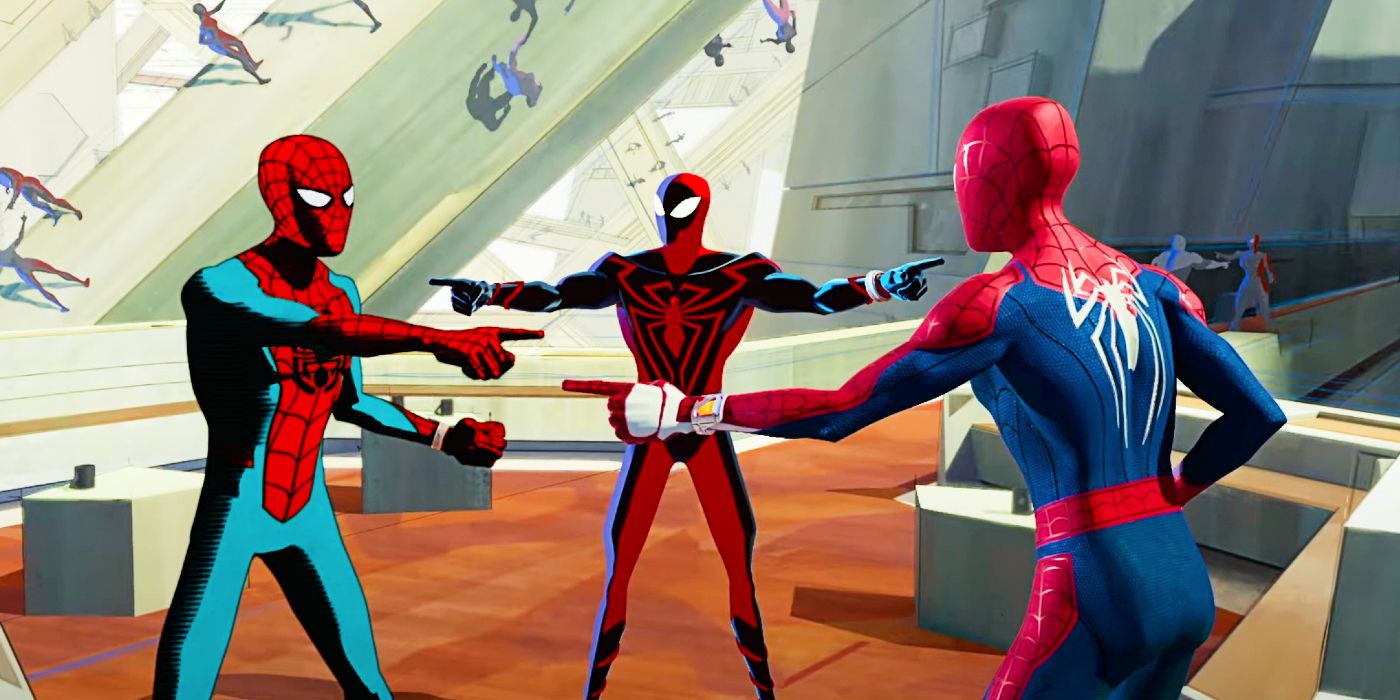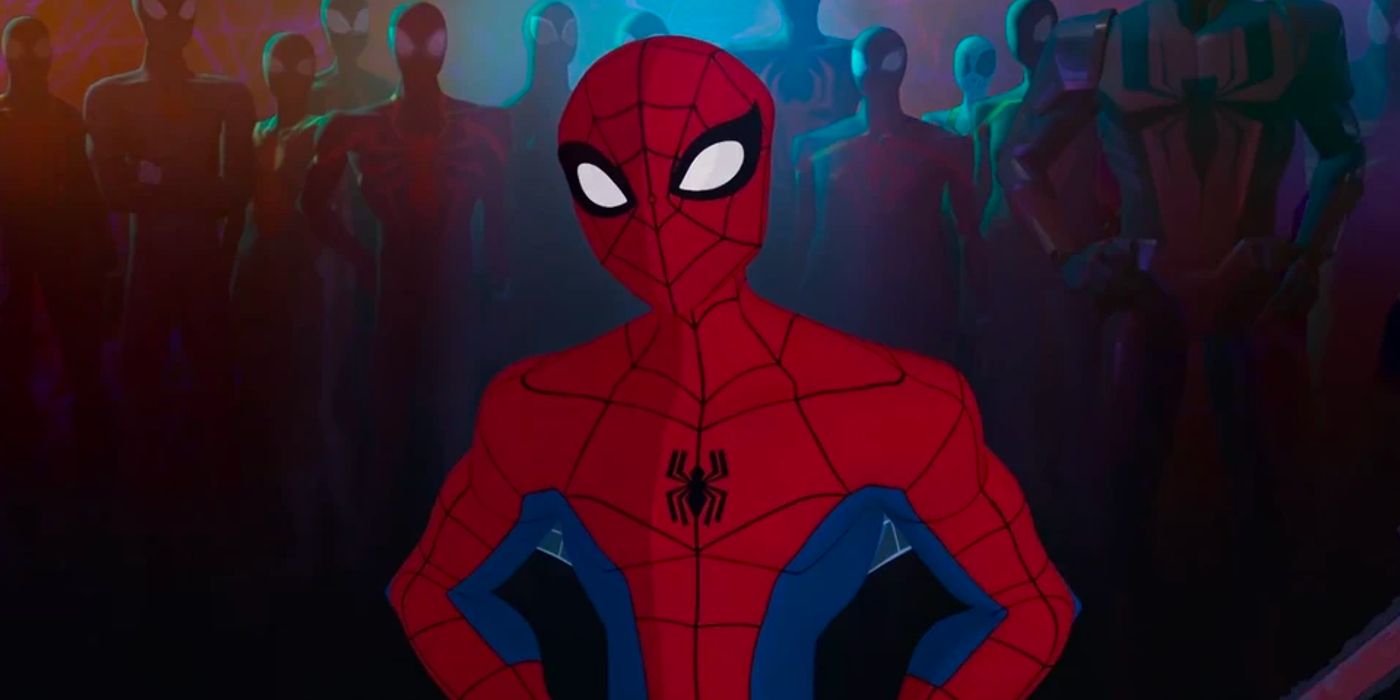Marvel’s rich animated history stretches back decades and was so influential that many were referenced in later Marvel movies and series. From the catchy theme tunes of the 1960s to the groundbreaking animation of the 1990s, Marvel cartoons laid the foundation for many characters’ modern portrayals. While Marvel movies charted their own path, they frequently referenced these classic shows.
Whether it’s through subtle musical cues or full-on visual recreations, Marvel’s live-action and animated films have referenced their animated roots more often than many realize. These moments serve as nostalgic callbacks for longtime viewers while bridging the gap between past and present. In thrilling Easter eggs, Marvel movies tipped their hats to the animated adventures that came before.
10
The Spider-Man (1967) Theme Tune In Spider-Man 1 & 2
One of the most beloved callbacks to Marvel animation comes in Sam Raimi’s Spider-Man (2002). As Peter Parker swings through New York in a montage, a street performer sings a song that includes the line “Look out! Here comes the Spider-Man!” from the original Spider-Man theme tune from the 1967 animated series.
Later, in Spider-Man 2, a violin player sings the full lyrics while plucking a violin. This rendition takes the full lyrics, including “does whatever a spider can.” These are instantly recognizable to anyone who grew up with the original series or knew its place in pop culture.
Raimi, a known fan of the character’s vintage history, uses these moments to ground Peter in a world that already idolizes Spider-Man as a folk hero. The scene not only adds charm but honors one of the most iconic superhero theme songs ever created. It makes it a fun bridge between the Webhead’s animated and cinematic legacies.
9
HERBIE Originated In the 1970s Fantastic Four Series
The adorable robot HERBIE featured throughout The Fantastic Four: First Steps. While he might seem like a new MCU creation, he actually hails from Marvel’s animated past. HERBIE (Humanoid Experimental Robot, B-type, Integrated Electronics) first debuted in the 1978 Fantastic Four animated series.
He was created to replace the Human Torch due to legal and branding issues at the time. Decades later, HERBIE returned in The Fantastic Four: First Steps as a helpful presence and comic relief in Reed Richards’ lab. While updated for modern audiences, HERBIE’s inclusion is a clear nod to the character’s cartoon roots.
It’s a rare example of an animated-original Marvel character crossing into mainstream canon. By reviving HERBIE, First Steps pays homage to a quirky chapter of Fantastic Four history that only diehard audiences might remember. It also gives the robot his long-overdue moment to shine.
8
First Steps Recalls The 90s Fantastic Four Theme
In The Fantastic Four: First Steps, music plays a subtle but powerful role in connecting the MCU to its animated past. The background score includes motifs unmistakably reminiscent of the 1994 Fantastic Four animated series. Particularly, the pulsing “Fantastic Four!” chorus melody that introduced the ‘90s show.
This chorus is reinterpreted in First Steps in orchestral form, implying the lyrics. It’s not a direct reuse but an inspired echo. It adds an extra layer of nostalgia for those who remember the original cartoon.
The 1994 show was part of the popular Marvel Action Hour, which helped define the team’s media identity outside of comics. By drawing from that music, First Steps acknowledges the legacy of the ’90s series. It’s an underrated gem that brought the Fantastic Four to a generation of viewers long before the MCU.
7
First Steps Included Clips From The 60s Fantastic Four
The Fantastic Four: First Steps doesn’t just reference past cartoons with music. It goes a step further by showing them directly. During one scene, characters watch clips from the 1967 Fantastic Four animated series.
The standout moment shown on-screen is Ben Grimm (aka The Thing) plummeting dramatically through the air in the show’s vintage glory. This visual throwback is both tongue-in-cheek and reverent. It highlights how far animation and storytelling have come while celebrating Marvel’s earliest TV efforts.
The inclusion of actual footage anchors the MCU’s Fantastic Four in a broader multigenerational context. It’s a meta moment that invites viewers to reflect on the impact of these heroes, even within the narrative. It reminds of the Fantastic Four’s cultural legacy across all forms of media, from Saturday mornings to cinematic blockbusters.
6
Ms. Marvel Uses The X-Men: TAS’s Iconic Theme Tune
At the end of Ms. Marvel, Kamala Khan’s story takes a shocking twist. It’s revealed she carries a mutant gene. However, what really sent audiences into a frenzy was the brief musical sting that accompanied this reveal: the unmistakable melody from the iconic X-Men: The Animated Series theme tune.
This clever musical cue links Kamala’s mutation directly to the legacy of Marvel’s most famous mutant team, as immortalized in the 1992 cartoon. That theme is immediately recognizable to anyone who grew up watching Professor X’s team battle Sentinels and Magneto on Saturday mornings. By using that melody, the show subtly signaled the X-Men’s return to Marvel’s cinematic plans.
It wasn’t just fan service. It was foreshadowing. In a few short notes, Ms. Marvel connected modern MCU storytelling to a beloved cornerstone of Marvel animation.
5
X-Men: TAS References In Multiverse Of Madness
Doctor Strange in the Multiverse of Madness dives headfirst into Marvel’s alternate realities. In doing so, it brings the animated X-Men back into the spotlight. When Patrick Stewart appears as Professor X from Earth-838, he’s not just reprising his movie role: he’s channeling his X-Men: The Animated Series counterpart.
His yellow hoverchair and the background music are straight from the 1992 cartoon, with the show’s iconic theme playing as he enters. Even his demeanor and psychic visuals recall the animated version more than the Fox films. This nod was a huge win for fans of X-Men: TAS.
X-Men: TAS remains one of the most faithful adaptations of Marvel’s mutant team. Rather than ignoring that legacy, the MCU embraced it. It used Multiverse of Madness to canonize the animated X-Men’s existence within the broader Marvel multiverse.
4
Spider-Man: No Way Home Recreated The Pointing Spider-Man Scene
Spider-Man: No Way Home united Tobey Maguire, Andrew Garfield, and Tom Holland on screen. Yet the film delivered more than just epic team-ups. It also offered a live-action recreation of one of the most famous Marvel memes.
As the three Peters debate their identities in the lab, they point at each other in confusion. It perfectly echoes the legendary “pointing Spider-Man” image from the 1967 animated series. The meme, which depicts two (and later, three) Spider-Men accusing each other of being impostors.
It became internet legend and a shorthand for comic confusion. By incorporating the gag into the movie’s dialogue and blocking, Marvel turned an online joke (and an old cartoon frame) into a live-action moment of comedic gold. It’s a perfect example of how even a goofy moment from an old show can become modern pop culture treasure.
3
Into The Spider-Verse Recreated The Spider-Man Pointing Scene
While No Way Home delivered a live-action version, the highly rewatchable superhero movie Spider-Man: Into the Spider-Verse gave the original meme its animated due. In the post-credits scene of the first Spider-Verse film, Miguel O’Hara (Spider-Man 2099) travels to Earth-67. This is a direct nod to the 1967 Spider-Man cartoon.
Upon arrival, he immediately gets into a pointing match with that universe’s Spider-Man. It’s a perfect recreation of the viral “pointing” meme in exaggerated cartoon form. The scene goes full meta, with old-school animation styles clashing hilariously with Miguel’s sleek futuristic tech.
It’s a loving send-up and accurate recreation of the iconic frame that became internet gold. This wasn’t just a meme reference, it was a full-blown homage to one of Marvel’s earliest animated hits. With just a few seconds of screen time, *Into the Spider-Verse* proved how deeply it respected and understood Spider-Man’s animated legacy.
2
Across the Spider-Verse Expanded the Pointing Meme
Spider-Man: Across the Spider-Verse didn’t just reference the iconic pointing Spider-Man meme. It leveled it up to multiversal proportions. In one of the film’s most hilarious scenes, Miguel O’Hara shouts, “Spider-Man—stop him!” while chasing Miles Morales through the Spider Society.
Immediately, hundreds of different Spider-People all turn and point at each other in utter confusion. It created a massive, chaotic recreation of the classic 1967 meme. The moment is framed as both an in-joke and a full-on visual spectacle, with the camera capturing a web of finger-pointing that sprawls across the entire headquarters.
It’s a brilliant escalation of the original gag, acknowledging how deeply the meme has embedded itself in pop culture. By having nearly every Spider-variant participate simultaneously, Across the Spider-Verse created the ultimate homage. It blended humor, self-awareness, and multiverse madness into a moment that instantly became iconic.
1
Spectacular Spider-Man Appears In The Spider-Society
In Spider-Man: Across the Spider-Verse, there is a thrillingly familiar face among the Spider-Society: Spectacular Spider-Man. Voiced once again by Josh Keaton, this version of Peter Parker came from the critically acclaimed 2008 animated series. It was sadly canceled prematurely but remains a fan favorite.
His appearance wasn’t just a blink-and-you’ll-miss-it cameo. He actually speaks and interacts with the main characters. His design was preserved in its original 2D style, standing out among the crowd of differently animated Spider-people.
Including Spectacular Spider-Man was a major win for longtime viewers who felt the show deserved closure. It also confirmed that every Spider-Man story, no matter the medium, has a place in the multiverse. By giving this version screen time, Across the Spider-Verse honored one of the most beloved Marvel adaptations of the modern era.
-
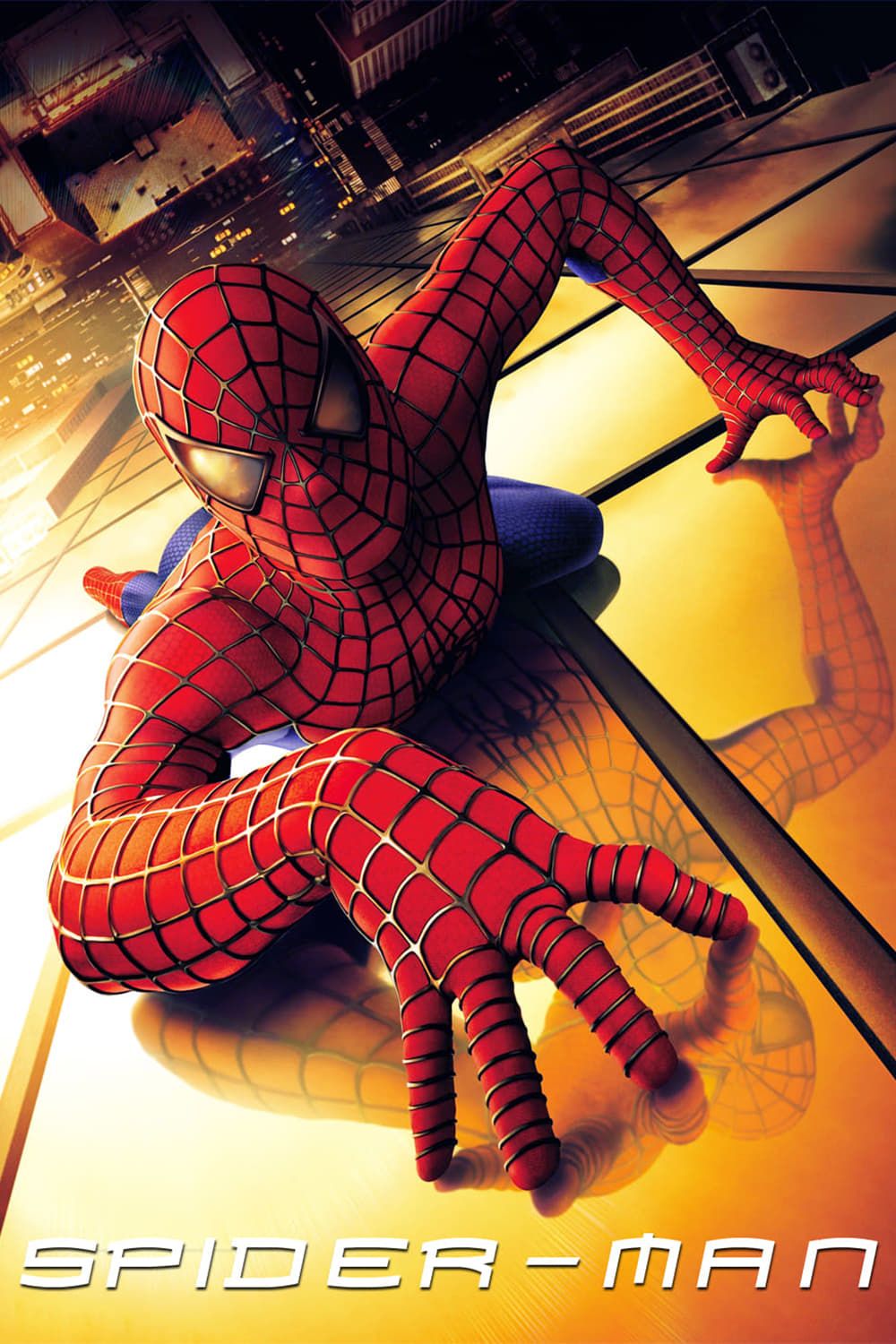
Spider-Man
- Release Date
-
May 3, 2002
- Runtime
-
121 Minutes
-
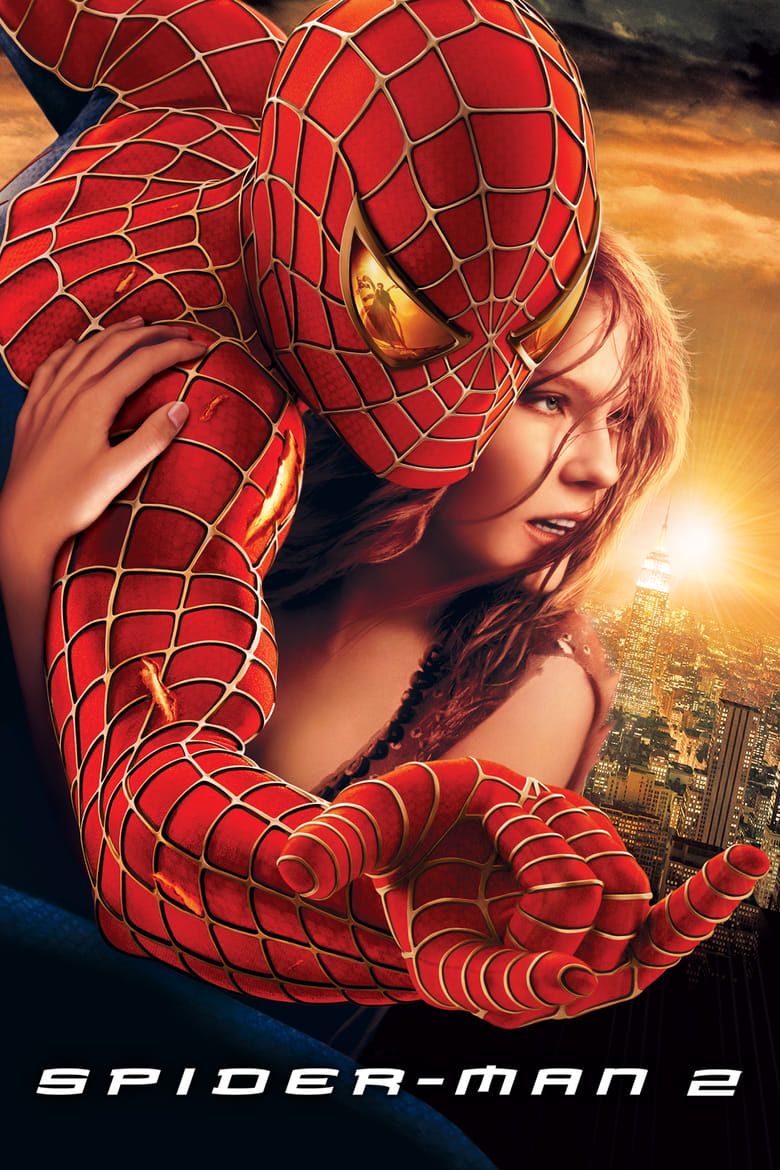
Spider-Man 2
- Release Date
-
June 25, 2004
- Runtime
-
127 minutes
- Director
-
Sam Raimi
-

Spider-Man / Peter Parker
-
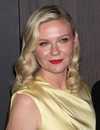
Kirsten Dunst
Mary Jane Watson
-
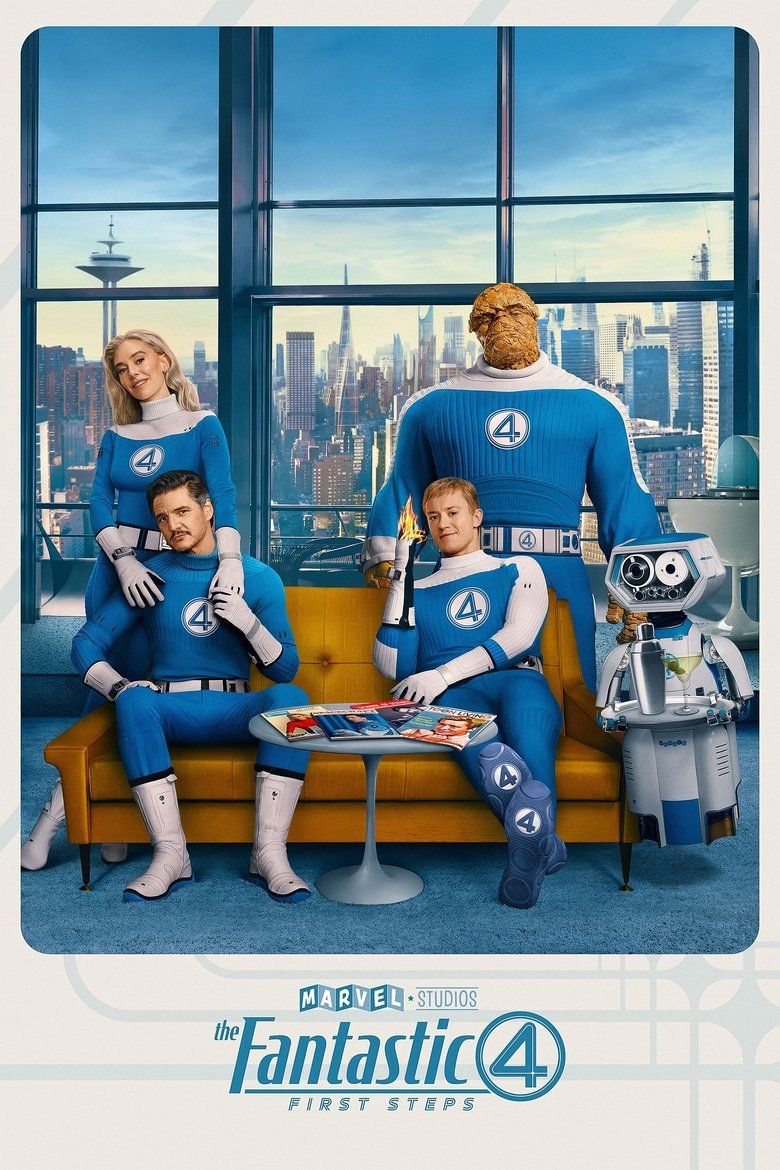
The Fantastic Four: First Steps
- Release Date
-
July 25, 2025
- Runtime
-
115 minutes
- Director
-
Matt Shakman
- Writers
-
Jeff Kaplan, Josh Friedman, Ian Springer, Eric Pearson, Kat Wood, Jack Kirby, Stan Lee
-
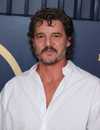
Reed Richards / Mister Fantastic
-

Vanessa Kirby
Sue Storm / Invisible Woman



